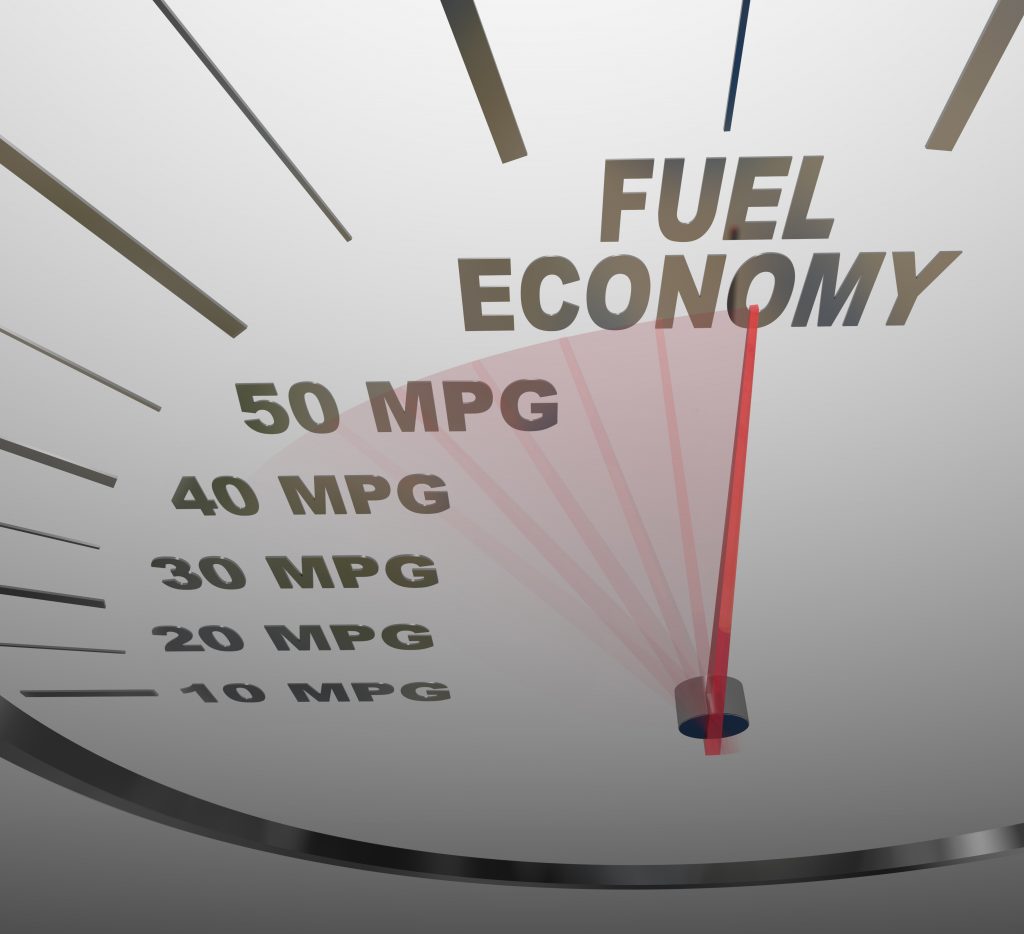Manual Versus Automatic Transmission

Manual Versus Automatic Transmission
Buying a vehicle involves many important decisions, including size, model, manufacturer, and colour. For some people, however, the biggest decision is between manual or automatic transmissions. Although finding a manual transmission vehicle is harder than it used to be, buyers should still consider their options carefully and decide what is best for them.
The main difference between manual and automatic vehicles is how they change gears. Driving, even on highways with little traffic, involves moving at different speeds and thus using different gears. These gears help the motor to work efficiently and with less effort than otherwise. In vehicles with automatic transmissions, most of these changes happen without any effort from the driver.
Manual Transmissions
At one time, manual transmissions were the only type available, and thus they are often called “standard” vehicles. As the Digital Trends website notes, another term for these vehicles is “stick” shift because of the device used for changing gears. Driving a manual vehicle requires attention and a specific set of skills, especially in cities or towns, where frequent stopping and starting is necessary.

Manual transmission vehicles come with several gears, the number depending on the type, age, and price of the vehicle. “R” stands for “Reverse,” and the numbers rise from first gear to third or fourth in ordinary vehicles or as many as sixth or seventh gear in sports cars. As the vehicle accelerates, the driver must press down on the clutch pedal, located to the left of the brake, then shift gears, and release the clutch while pressing the accelerator pedal again. The driver has more control over the level of power the vehicle receives but also must pay close attention to any possible strain on the motor.

Automatic Transmissions
In contrast, automatic transmission vehicles require much less effort from drivers. Except in rare cases of steep hills or slow traffic where the driver wants to use the extra options, the main gears that drivers need to know are Park, Drive, and Reverse. The transmission determines when it is time to change gears to a higher or lower level. This way, the driver need not think about gears and can concentrate more on other aspects of the road, such as traffic or pedestrians who might get in the way. For inexperienced drivers especially, automatic transmissions are the easier option.
- With the gear shift in Park, the car will not move forward, even with the ignition on, regardless of how hard the driver presses the gas pedal.
- With the gear shift in Neutral, the car will move forward due to its natural momentum.
- The Reverse gear shift setting moves the car backwards instead of forwards when the driver’s foot is off the brake.
- With the gear shift in Drive, the car will move forwards when the brake is disengaged.
Deciding between a manual and an automatic vehicle depends on various factors, including personal preference. Many people like manual transmissions because they feel more of a connection to the process than they do in an automatic vehicle. This could be useful on long trips, where it can be easy to doze off on the road when there is nothing for the driver to do except stare straight ahead. A manual transmission helps keep the driver alert and engaged in the process of driving.

However, this level of engagement can also be stressful, especially for new drivers. This is especially true for city driving, where frequent stops and starts are inevitable, often in awkward places such as busy intersections with traffic coming from several directions. It is easy for relatively inexperienced drivers to stall a manual transmission vehicle while changing gears, while stalling rarely happens with an automatic.

Fuel Consumption
Another consideration is fuel consumption. An online Consumer Reports article notes that even as recently as 2015, manual transmission vehicles generally had better gas mileage than automatic vehicles, although technology for automatic transmissions has been improving. In fact, some models of automatic transmission vehicles had better fuel economy than the same ones with manual transmissions.
Other Considerations
Availability and resale possibilities could be deciding points for drivers deciding between manual and automatic transmissions. It is important to note that some types of vehicle are no longer manufactured with manual transmissions, including half-ton trucks and heavy-duty trucks. Although two types of midsize trucks are still available with manual transmissions, the possibilities are decreasing. Also, fewer people now know how to drive manual transmission vehicles, and the potential for resale is declining.
Many other factors could be influences in these changes. As the Digital Trends website notes, automatic transmissions tend to give smoother rides, even for drivers who are adept at gear changes. For anyone who has felt the jolting of a vehicle as an inexperienced driver changes gears, the smooth transitions of an automatic vehicle could be very appealing.
In some cases, an automatic vehicle could also be safer than a manual transmission, especially in cities with busy streets and high-speed roads. Stalling at intersections or in the middle of a major road could cause accidents if other drivers fail to stop in time. Other drivers may also become angry and reckless if it takes too long for the stalled vehicle to start up again.
A consideration for both urban and rural roads is if drivers forget the rule against changing lanes on railway tracks. If the vehicle stalls just as a train is coming, the results are likely to be fatal for the driver, and possibly for the occupants of the train. With an automatic transmission, it is almost impossible to stall at dangerous places like railway tracks, making the ride safer for everyone involved. In some small communities, the presence of animals or slow-moving farm vehicles might make the decision between manual and automatic transmissions for some drivers.
Advantages of Each
Both manual and automatic transmissions have certain advantages for drivers and their vehicles. While automatic transmissions are easier for beginning drivers, they may choose the greater challenge of driving a standard transmission as they gain experience. Fuel economy, vehicle availability, and safety all play roles in the decision, but in the end, a driver’s preference is often the deciding factor. The ease of driving an automatic transmission or the more involved work of a manual vehicle can make the difference.
